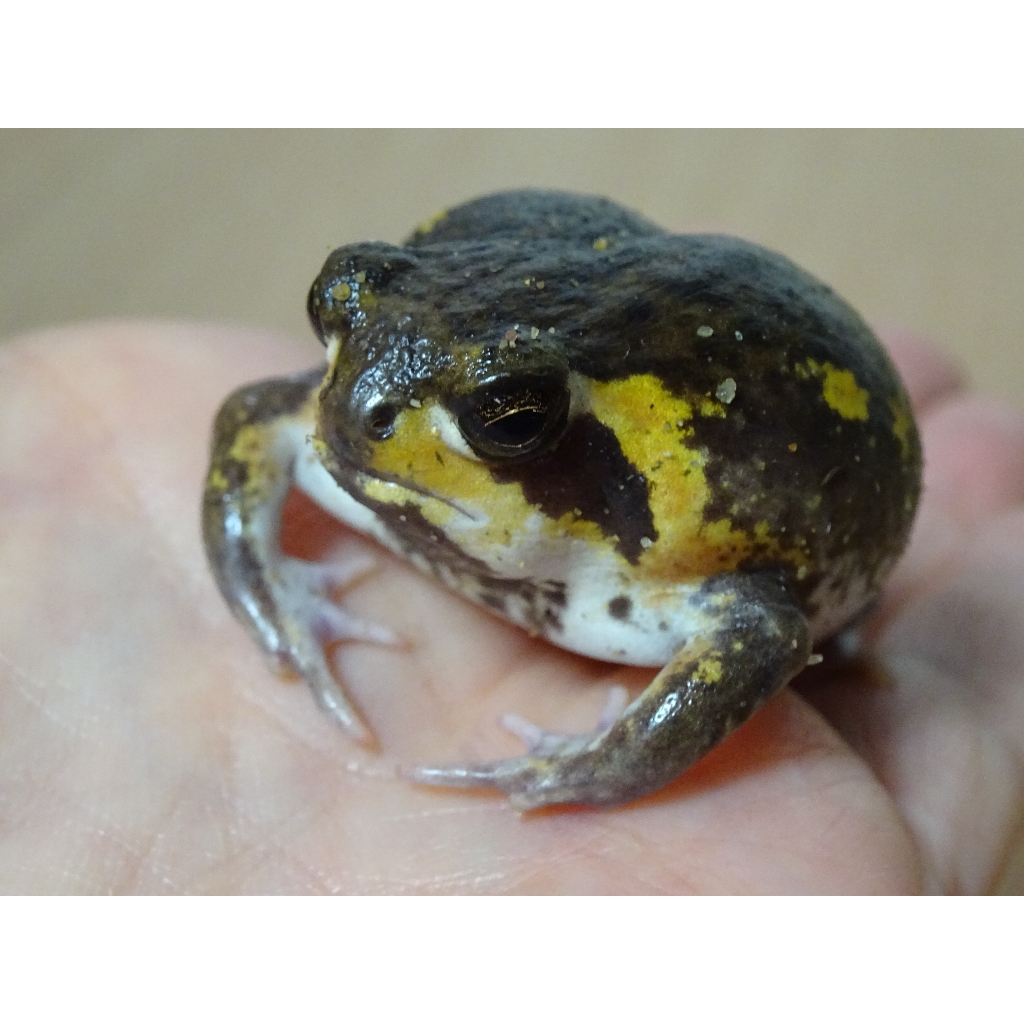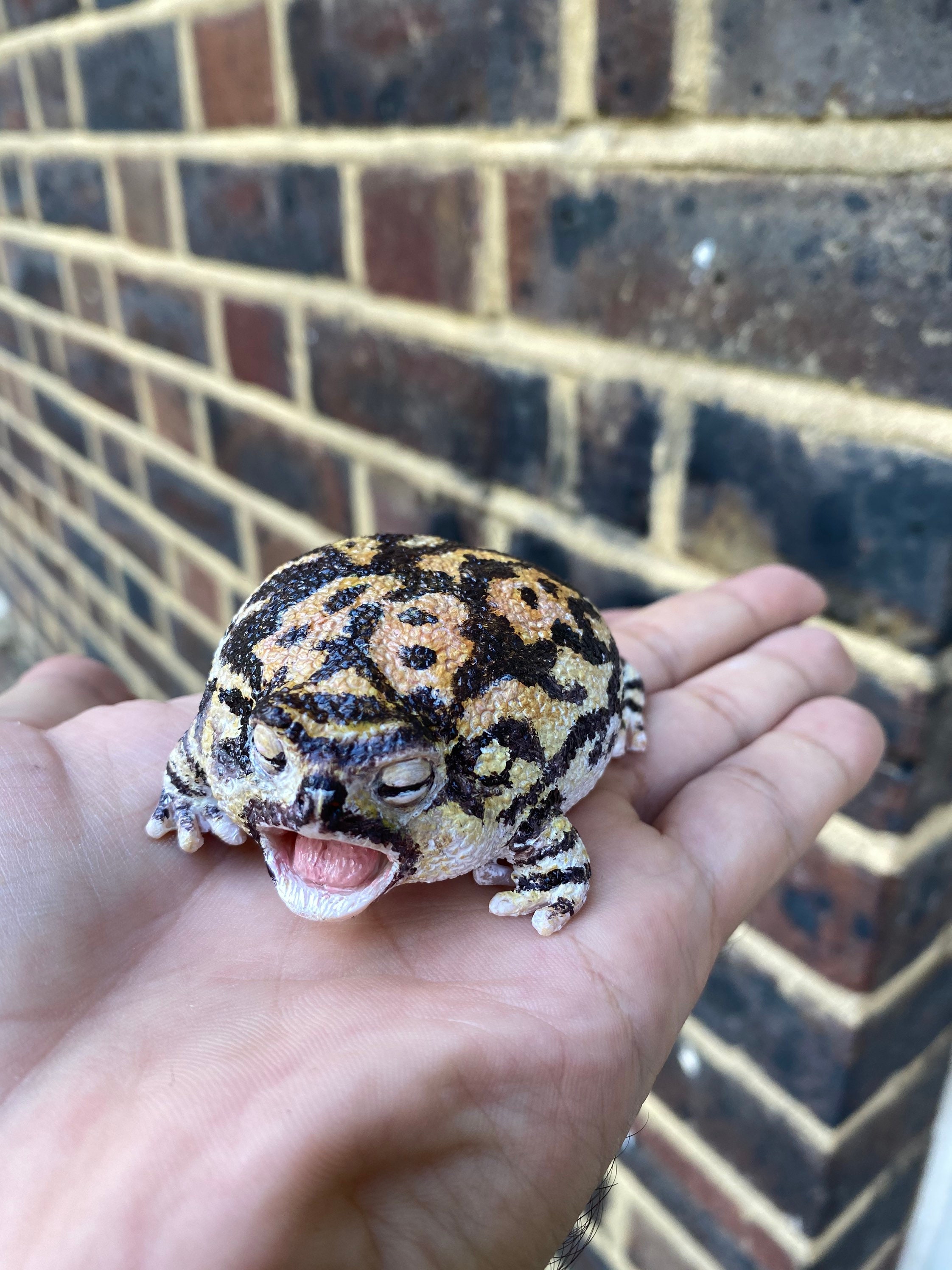The Very Best Reptile Enclosures: How to Develop the Ideal Environment
Creating the excellent environment for reptiles is not practically putting them in a container or enclosure; it involves a thoughtful consideration of different factors that add to their general well-being. From the size of the enclosure to the type of substratum utilized, every aspect plays a vital role in providing an atmosphere where your reptile can thrive. By understanding the specific requirements of your reptile types and applying the best environment setup, you can guarantee their wellness and joy in bondage.
Selecting the Right Unit Size
When selecting an enclosure size for reptiles, it is important to consider their natural habits and area requirements to ensure their well-being and wellness. When it comes to habitat space, various reptile species have differing requirements. Arboreal types like chameleons or tree snakes require upright space for climbing up and perching, while terrestrial species such as bearded dragons or leopard geckos need even more floor space for exploring and thermoregulation. Marine turtles like red-eared sliders require rooms with both water and acreage for swimming and basking.
A general policy of thumb is to supply sufficient area for the reptile to show all-natural behaviors, such as basking, hiding, climbing, and foraging. By carefully taking into consideration the particular needs of the reptile varieties in question, owners can create a suitable and enhancing environment that advertises general wellness and motivates natural habits.
Setting Up Correct Burner
To ensure the health and health of reptiles in their rooms, it is necessary to very carefully establish proper burner. Reptiles are ectothermic creatures, indicating they depend on outside warmth sources to manage their body temperature. When setting up heating aspects in a reptile enclosure, it is important to think about the specific temperature needs of the species you are looking after. Various reptiles have varying temperature level needs based upon their all-natural environment, so it is necessary to study and recognize these demands.
One reliable and common burner for reptile enclosures is a warm light or ceramic warm emitter. These heat resources can be used to produce a temperature level slope within the enclosure, permitting reptiles to move between warmer and cooler areas as needed. In addition, under-tank hot pad or warmth floor coverings can be used to offer tummy warmth, which is especially useful for reptiles that need additional heat to aid in food digestion.
Checking the temperature within the unit utilizing a thermometer is necessary to guarantee that the home heating elements are preserving the appropriate temperature variety for your reptile. Routinely inspect and change the heating components as needed to produce a comfy and healthy environment for your flaky buddy.
Choosing Appropriate Lighting Fixtures

Providing the Ideal Substrate
Picking the appropriate substratum is crucial for developing a comfy and appropriate environment for reptiles in their rooms. Some reptiles, such as desert-dwelling species like bearded dragons, grow on substrates like calcium sand or reptile carpeting, while others, like round pythons, like coconut husk or aspen bedding to maintain humidity degrees.
Moreover, the size of the reptile should additionally affect your selection of substratum, as hatchlings might call for a better product to protect against intake. Stay clear of substratums that can trigger impaction, such as loose substrates like sand or crushed rock, especially for reptiles recognized to consume their bed linens. Routinely cleaning and replacing the substrate is crucial to ensure a clean and sanitary environment for your reptile. By choosing the perfect substratum, you can add to the general health and well-being of your flaky friend.
Decorating for Enrichment and Convenience
Taking into consideration the substrate's role in giving a foundation for all-natural behaviors and preserving an appropriate environment, boosting the reptile unit with correct decors is vital for both enrichment and convenience. When enhancing the unit, it is necessary to take into consideration the reptile's species-specific requirements and view it actions to produce a space that promotes psychological and physical wellness. By including a range of decors that mimic the reptile's all-natural environment, proprietors can guarantee their pet dog's convenience and stimulate their all-natural instincts, eventually leading to a better and healthier reptile.
Conclusion

Creating the best habitat for reptiles is not simply about placing them in a container or unit; it involves a thoughtful consideration of different factors that contribute to their general health.Choosing the suitable substratum is crucial for developing a appropriate and comfortable environment for reptiles in their units. Some reptiles, such as desert-dwelling varieties like bearded dragons, flourish on substrates like calcium sand or reptile carpet, while others, like round pythons, favor coconut husk or aspen bed linens to preserve moisture levels.
By incorporating a range of decors that mimic the reptile's natural environment, proprietors can guarantee their pet dog's comfort and promote their all-natural impulses, inevitably leading to a better and healthier reptile.
In conclusion, producing the suitable habitat for reptiles includes picking the appropriate room size, home heating aspects, lighting components, substrate, and decorations.